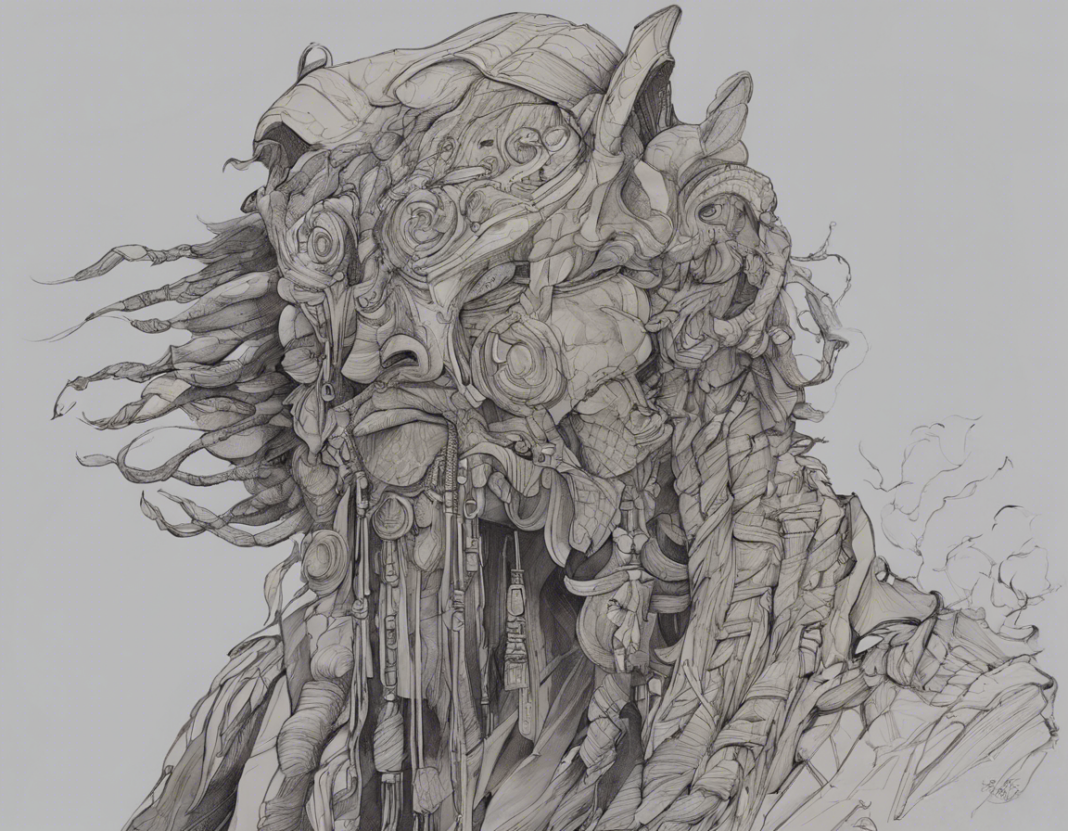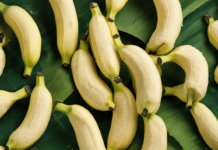In the vibrant tapestry of Indian cuisine, there exists a multitude of traditional dishes that are not only flavorful but also deeply rooted in culture and history. One such dish that stands out for its unique preparation and rich taste is Ashraka Baith. This delicacy, often associated with royal kitchens and festive occasions, has a mystique surrounding it that draws food enthusiasts towards its tantalizing blend of flavors. In this article, we will take a closer look at Ashraka Baith, exploring its origins, ingredients, preparation methods, and cultural significance.
Origins of Ashraka Baith
Ashraka Baith traces its origins to the royal kitchens of ancient India, where skilled chefs concocted elaborate dishes to please the palates of kings and nobles. The dish is believed to have originated in the princely state of Hyderabad, renowned for its rich culinary heritage. Over the centuries, Ashraka Baith has evolved into a symbol of luxury and indulgence, often featuring in grand feasts and celebrations.
Ingredients Used in Ashraka Baith
The key ingredients that lend Ashraka Baith its distinctive flavor profile include basmati rice, saffron, ghee (clarified butter), cashew nuts, raisins, almonds, pistachios, cardamom, cinnamon, sugar, and rose water. Each of these components plays a crucial role in creating the symphony of tastes and aromas that define this royal dish.
Preparation of Ashraka Baith
The preparation of Ashraka Baith is a labor of love that requires patience and precision. The first step involves soaking the basmati rice in water for some time to ensure that it cooks to perfection. Saffron-infused milk is then added to the rice along with a generous amount of ghee to impart richness and depth of flavor. The dish is sweetened with sugar and flavored with a medley of nuts and aromatic spices such as cardamom and cinnamon. The final touch of rose water adds a fragrant note that elevates the dish to a realm of sensory delight.
Serving and Presentation
Ashraka Baith is typically served garnished with a sprinkling of silver varq (edible silver foil) and adorned with edible rose petals. The dish is often presented in ornate servingware, adding to its regal appeal. Traditionally, Ashraka Baith is served as a dessert at special occasions like weddings, festivals, and royal banquets, where it serves as a crowning glory of the meal.
Cultural Significance of Ashraka Baith
Beyond its culinary allure, Ashraka Baith carries a deeper cultural significance. In Indian tradition, food is more than mere nourishment; it is a symbol of hospitality, tradition, and celebration. By partaking in dishes like Ashraka Baith, people not only savor a delicious meal but also connect with their heritage and shared history. The dish serves as a reminder of a bygone era when culinary arts flourished in royal courts, and grand feasts were a way to showcase opulence and hospitality.
Health Considerations
While Ashraka Baith is undoubtedly a decadent indulgence, it is essential to enjoy it in moderation due to its high sugar and fat content. Individuals with dietary restrictions or health concerns may need to exercise caution when consuming dishes rich in ghee and nuts. It is always advisable to consult with a healthcare professional or nutritionist to ensure that such delicacies fit into a balanced diet plan.
FAQs (Frequently Asked Questions)
- What does “Ashraka Baith” mean?
-
The term “Ashraka Baith” is derived from the Urdu language, where “Ashraka” refers to a type of rice dessert, and “Baith” signifies a royal dish.
-
Can I substitute ingredients in Ashraka Baith?
-
While traditional recipes call for specific ingredients, you can experiment with substitutes to suit your taste preferences. However, keep in mind that the unique combination of flavors contributes to the dish’s charm.
-
Is Ashraka Baith difficult to prepare?
-
Ashraka Baith requires patience and attention to detail but is not overly complicated to prepare. Following a good recipe and taking your time will help you create a delicious dish.
-
Is Ashraka Baith suitable for vegetarians?
-
Yes, Ashraka Baith is a vegetarian dish as it does not contain any meat or animal-derived ingredients. It is a delightful option for vegetarians looking to explore traditional Indian cuisine.
-
Can Ashraka Baith be made in advance?
-
While Ashraka Baith is best enjoyed fresh, you can prepare certain components in advance, such as soaking the rice or chopping the nuts. Assemble the dish just before serving to retain its texture and flavors.
-
What is the best way to store leftover Ashraka Baith?
-
If you have leftovers, store Ashraka Baith in an airtight container in the refrigerator. Reheat gently in the microwave or on the stovetop before serving to restore its luscious texture.
-
Is Ashraka Baith a gluten-free dish?
- As long as you ensure that all ingredients used are gluten-free, Ashraka Baith can be prepared as a gluten-free dish. Opt for certified gluten-free products to accommodate dietary restrictions.
In conclusion, Ashraka Baith stands out as a symbol of culinary artistry and cultural heritage, representing the grandeur and sophistication of traditional Indian cuisine. By delving into the intricate flavors and rich history of this regal dish, one can truly appreciate the nuances of Indian gastronomy and the timeless allure of royal delicacies. Whether enjoyed at a festive gathering or prepared in the comfort of one’s kitchen, Ashraka Baith embodies the essence of indulgence and tradition, making it a culinary gem worth savoring.












